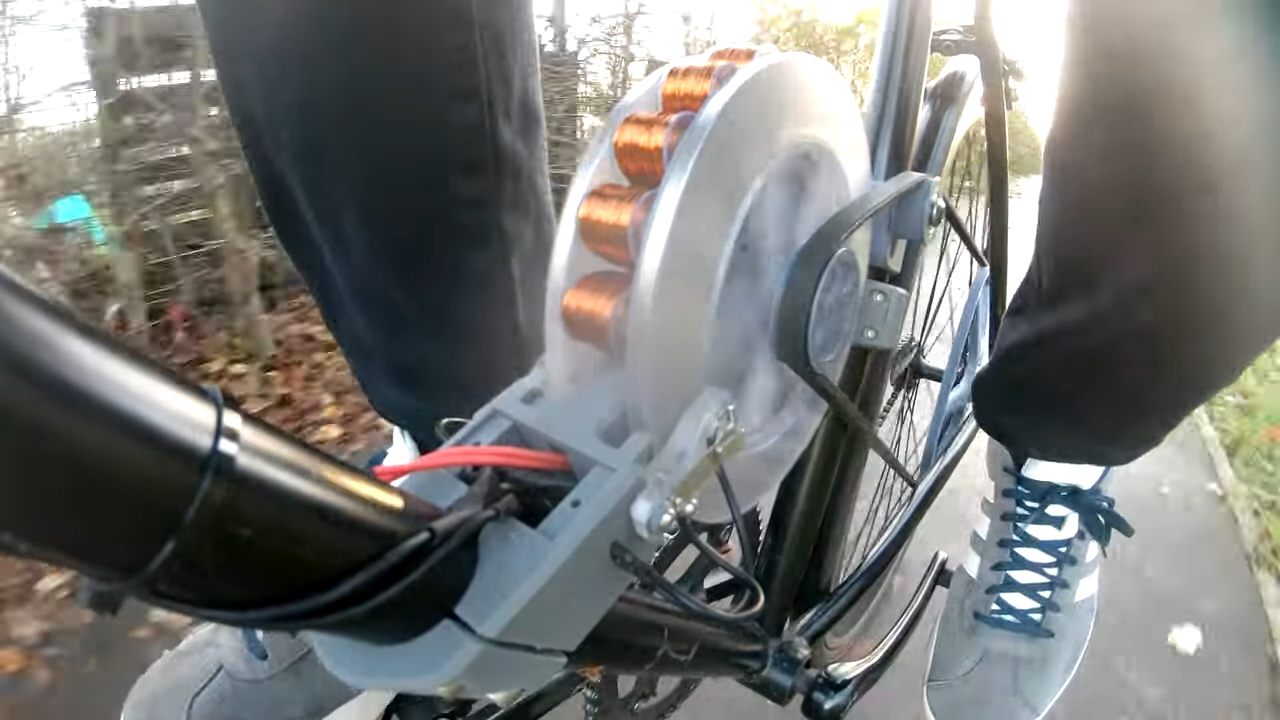TIL a Reed switch is not electronic?
Broadly speaking, most electricity-powered thingies fall into either “electric” or “electronic”, with the former having to do with facilitating or conveying electricity and the latter relying on electron behavior. For example, a light switch is very clearly an electric device, since it just makes or breaks a circuit. A relay is also electric, although most people will group it into the subcategory of “electromechanical” or “electromagnetic” devices.
Whereas things like transistors, diodes, and thermionic valves (aka vacuum tubes) do funny things using electrons, often influencing them with electric or magnetic fields when traveling through semiconductors or vacuums. Note that the term “solid state electronics” excludes thermionic valves.
But some overall devices can have both electric and electronic aspects. The cathode ray tube (CRT) component in an old TV operates by electron emission – hence electronic – but the magnetic field to guide those electrons to the screen is produced by an electromagnetic coil, which is an electric component.
This non-electronic ebike can be analogized to domestic thermostats of yore: while most modern thermostats are fully electronic and sometimes even WiFi enabled, older thermostats used a simple bimetallic strip and possibly a tube of mercury. A magnet would often be added to provide hysteresis, so the furnace wouldn’t be overworked. Cleverly-arranged metals and insulators were the workhorses of the early 20th century.
Could this ebike be called “analog”? Eh, that’s a bit too coarse for my taste. I’d prefer to say that in lieu of an Electronic Speed Controller (ESC), this ebike has an Electromechanical Speed Controller (EmSC?).
This is more or less the right answer. Electronics have active components. This is built completely off of passive components. Electromechanical would be a good description of it. Though the speed control isn’t electro mechanical. Physics and the Reed switch does set an upper limit of how fast it can trigger. But Tom just has a button that he holds. When button is down motor accelerates when button is not down motor is idle. So it’s more of a Tom speed controller.
Tom Speed Controller (TSC), I like it haha
I wonder if it performs better than a Jasontroller.
Why is Jason trying to troll us? :)
Or maybe Jason is sailing a fishing boat very slowly?
My smoother brain distinction is whether it operates on bits or analog signals.
It’s electromechanical, it has a moving part.
Electronic specifies no moving parts.
You’re thinking of solid state. The accurate description is an analog ebike
So… A disk drive is not electronic? 😜





